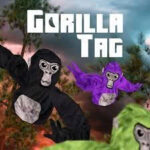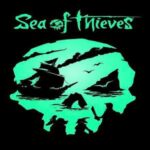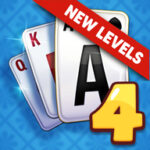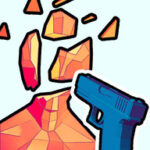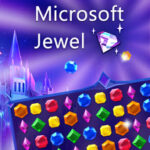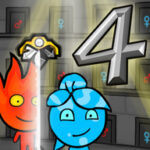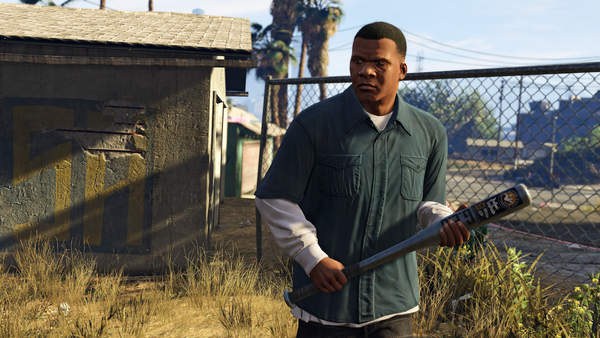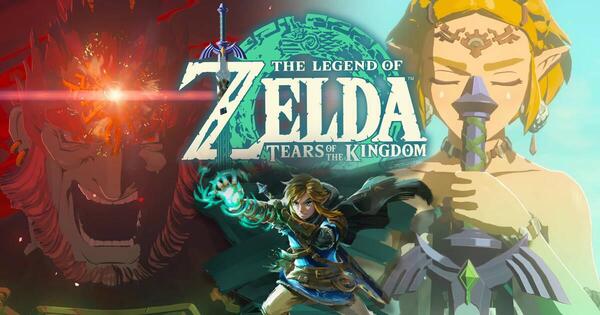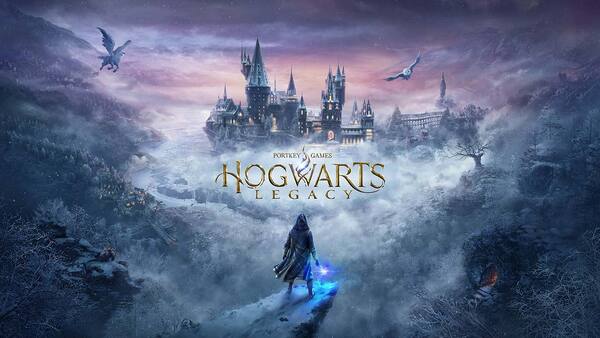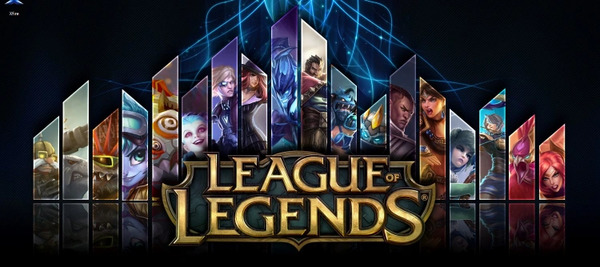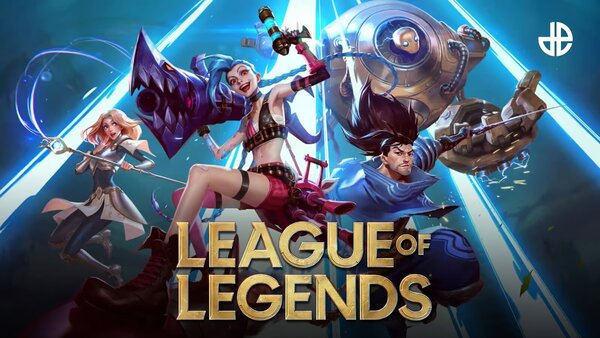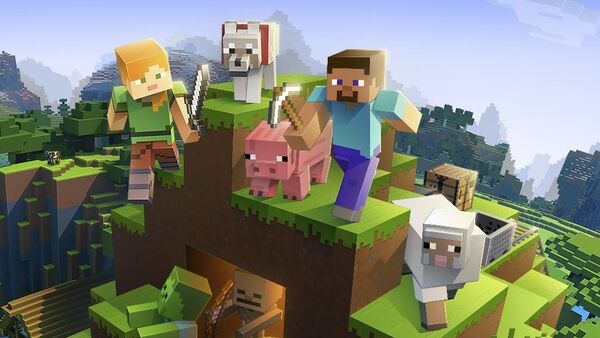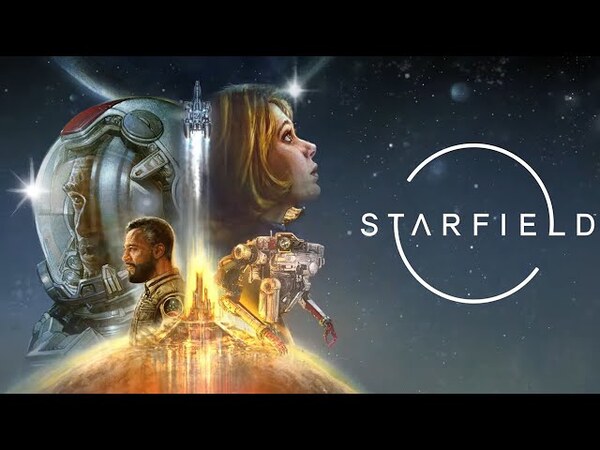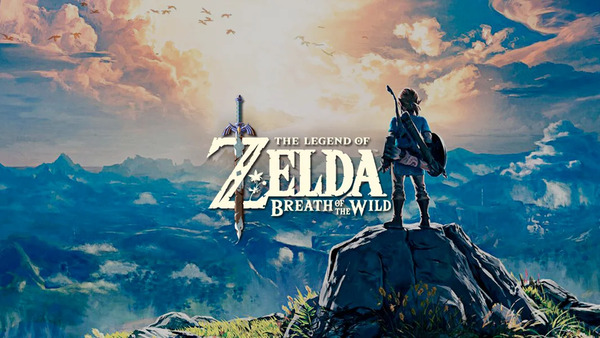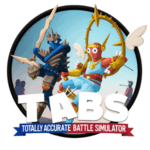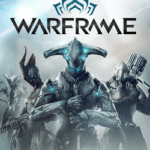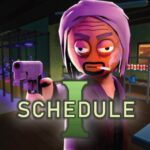God of War Ragnarök, developed by Santa Monica Studio and released in November 2022, serves as the climactic sequel to the critically acclaimed God of War (2018). It continues the epic journey of Kratos and Atreus through the Nine Realms, bringing Norse mythology to a dramatic conclusion. With refined gameplay, emotionally resonant storytelling, and awe-inspiring world design, God of War Ragnarök is more than just a sequel—it is a culmination of narrative threads, character development, and technical excellence that cements the series’ place in gaming history.
This title builds on the foundations laid by its predecessor while introducing new realms, combat mechanics, and mythological twists. Whether you're in it for the action, the story, or the exploration, Ragnarök offers a densely packed experience that rewards both new players and returning fans. The following sections break down each aspect of the game, giving you a deep, structured look at one of the most celebrated titles of its generation.
1. A Seamless Continuation of the Norse Saga
Ragnarök begins just a few years after the events of the 2018 game. Fimbulwinter has gripped the land, and the impending doom of Ragnarök looms large. Kratos and Atreus must navigate their destiny while confronting gods like Thor, Odin, and Freya. The narrative picks up immediately, requiring little reintroduction, yet it manages to integrate subtle refreshers that make it accessible for newcomers.
Unlike traditional sequels, Ragnarök feels like a second act in a larger story. Characters evolve organically, and their relationships grow in complexity. The narrative structure is tight, cinematic, and emotionally loaded. Kratos, once known only for rage and vengeance, now shows vulnerability, wisdom, and restraint, offering a fresh and mature perspective that elevates the story far beyond typical action titles.
Rating: 5 out of 5 for narrative continuity and emotional impact
2. Expanded Realms and Stunning Worldbuilding
God of War Ragnarök takes players through all Nine Realms, many of which were previously inaccessible. Each realm feels distinct, from the icy wastes of Niflheim to the lush wilderness of Vanaheim. Environmental storytelling is strong, with ancient ruins, hidden shrines, and elaborate puzzles that bring Norse mythology to life. The world feels interconnected and alive, offering side quests and exploration opportunities that are genuinely meaningful.
Art direction and level design blend realism and fantasy beautifully. The game is not open-world in the traditional sense, but its large interconnected zones feel expansive and immersive. Players are constantly rewarded for curiosity with lore entries, hidden items, and optional boss battles that flesh out the mythology.
Pros: Visually breathtaking realms, rich in detail and lore
Cons: Some backtracking in exploration areas
Rating: 4.9 out of 5 for environment design
3. Deep and Dynamic Combat System
Combat in Ragnarök refines and builds upon the already robust system introduced in God of War (2018). Kratos now wields both the Leviathan Axe and Blades of Chaos from the start, with new weapons and companion abilities added over time. The combat is visceral, responsive, and highly customizable. Players can tailor Kratos’s gear and skill trees to fit different playstyles, whether defensive tank, aggressive bruiser, or precision-based striker.
Enemy variety has increased dramatically. From undead draugr to magical beasts and mythical gods, each encounter challenges you to learn patterns and make tactical decisions. The addition of Atreus as a more independent fighter brings strategic depth, especially in sequences where he becomes a playable character with unique mechanics and combat flow.
Pros: Tight controls, varied enemy types, customizable combat depth
Cons: Occasional difficulty spikes
Rating: 4.8 out of 5 for combat evolution
4. Atreus’s Journey and Dual Protagonist Structure
One of the most daring choices in Ragnarök is its decision to make Atreus a playable protagonist in multiple story segments. These chapters explore his individual motivations, his search for identity, and his relationship with prophecy and fate. While Kratos remains the emotional core, Atreus’s journey brings in youthful optimism and internal conflict, balancing the stoicism of his father.
The dual-protagonist approach is executed seamlessly. Transitions between characters are smooth, and Atreus’s sections are filled with character development, unique puzzle-solving, and different companion interactions. This split narrative structure adds perspective and complexity to the overall story, preventing it from becoming one-dimensional.
Rating: 4.7 out of 5 for character-driven innovation
5. Boss Battles and Mythological Encounters
Boss fights in God of War Ragnarök are nothing short of spectacular. From the brutal brawls with Thor to the mind-bending duels with mythical creatures, each encounter is crafted with cinematic flair and strategic complexity. These battles are more than set pieces—they're tests of mastery that reflect the themes of struggle, destiny, and defiance woven throughout the story.
Unlike many action RPGs that rely on repetitive bosses, Ragnarök keeps things fresh by varying mechanics, attack phases, and enemy behaviors. The optional Berserker fights serve as high-level challenges that reward skilled players with powerful loot and deep satisfaction. These encounters ensure the combat never feels stale, even deep into the game.
Pros: Memorable bosses, intelligent AI, epic scale
Cons: Some late-game bosses can feel overwhelming for casual players
Rating: 4.9 out of 5 for boss design and challenge
6. Puzzle Solving and Exploration Mechanics
Puzzles are a core part of the God of War experience, and Ragnarök continues this tradition with smartly designed environmental challenges. Whether it’s redirecting light beams, freezing gears, or using both Kratos’s and Atreus’s abilities in tandem, these puzzles enhance the pacing and encourage thoughtful engagement with the world.
Exploration is non-linear within each realm. Hidden chests, legendary gear, lore tablets, and crafting materials await players who venture off the main path. These rewards aren’t just filler—they feed back into combat upgrades and narrative depth, making the game loop rewarding on multiple levels.
Rating: 4.5 out of 5 for exploration design and interactivity
7. Visuals, Audio, and Technical Performance
Ragnarök is one of the best-looking games of the PlayStation 5 era. Character models are highly detailed, animations are fluid, and lighting effects create cinematic moments even during regular gameplay. The game offers performance and resolution modes to balance frame rate and graphical fidelity based on player preference.
The soundtrack, composed by Bear McCreary, is sweeping and emotive, blending traditional Nordic instruments with cinematic orchestration. Voice acting is top-tier, with Christopher Judge delivering a powerhouse performance as Kratos and Sunny Suljic maturing in his role as Atreus. Every grunt, whisper, and roar is delivered with conviction.
Pros: Stunning graphics, phenomenal voice acting, atmospheric soundtrack
Cons: Occasional frame rate dips in high-load areas
Rating: 4.9 out of 5 for production quality
8. Side Quests and World-Building (Favors)
Side quests, known as Favors in Ragnarök, are far more than distractions. They explore the emotional arcs of secondary characters, uncover hidden truths about the Nine Realms, and even delve into the moral gray areas of Kratos’s past. Many side quests rival main story moments in quality and impact, offering hours of rich, optional content.
Characters like Freya, Mimir, and Brok take center stage in these Favors, deepening your connection to the world and enhancing replayability. These quests are not only meaningful but often tie into gameplay rewards such as new armor sets, enchantments, and runic attacks, further incentivizing exploration.
Rating: 4.6 out of 5 for quest design and lore integration
9. Accessibility, Customization, and Player Choice
Ragnarök includes one of the most comprehensive accessibility toolkits in modern gaming. Options include customizable subtitles, visual contrast settings, combat assists, and controller remapping. These choices ensure that players of varying abilities can enjoy the full breadth of the game’s content.
Gameplay customization also extends to difficulty settings and RPG mechanics. Players can toggle difficulty at any time, choose loadouts that emphasize different strategies, and modify gear for specific builds. This level of player agency makes the experience both approachable and deep, appealing to a wide range of gaming preferences.
Rating: 5.0 out of 5 for inclusivity and adaptability
10. Endgame, Replay Value, and Legacy
Once the main story concludes, God of War Ragnarök offers a robust endgame experience. New areas open up, including challenging zones and hidden bosses. The post-game content expands the narrative subtly, offering closure while hinting at potential future paths. The game respects your time while providing rewarding content for completionists.
Ragnarök is a shining example of how to evolve a franchise while staying true to its core. It ties up loose ends from God of War (2018) while setting a potential stage for future adventures. Whether or not a direct sequel follows, Ragnarök leaves a lasting legacy as one of the greatest games in modern history.
Rating: 4.8 out of 5 for endgame depth and narrative closure
Conclusion: God of War Ragnarök as a Timeless Epic
God of War Ragnarök is more than just a video game—it is a mythic tale of fatherhood, identity, and destiny wrapped in masterful design and breathtaking artistry. Every aspect of the experience feels deliberate and meaningful, from the combat and exploration to the deeply human storytelling. It captures the essence of epic storytelling while refining gameplay mechanics to near perfection.
While no game is flawless, Ragnarök comes remarkably close. It balances intensity with emotion, scale with intimacy, and action with reflection. For fans of the series, it is a love letter. For newcomers, it is a powerful entry point. For the industry, it is a benchmark.
Final Overall Rating: 4.9 out of 5
God of War Ragnarök is not just a fitting end to a saga. It is a statement that video games can be art, narrative, and challenge all at once—and it delivers that promise with godlike precision.


